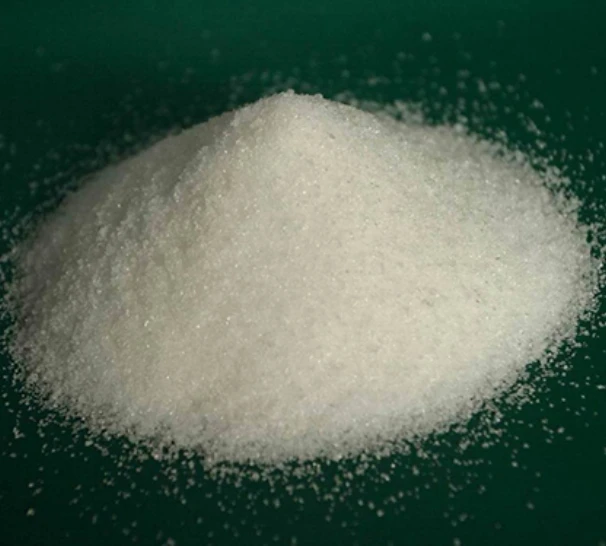pacl polyaluminum chloride
PACL A Comprehensive Overview of Polyaluminum Chloride
Polyaluminum chloride (PACL) is a versatile chemical compound that has gained recognition in various industries due to its efficient coagulation and flocculation properties. Used predominantly in water treatment, it plays a crucial role in ensuring safe and clean water supplies, which are vital for public health, agriculture, and industrial applications.
What is Polyaluminum Chloride?
Polyaluminum chloride is an inorganic polymer that serves as a coagulant. It is derived from aluminum and is characterized by a complex structure that can be described as a mixture of aluminum hydroxide and aluminum chloride. This unique combination allows PACL to effectively reduce the turbidity of water by promoting the agglomeration of particles, making it easier to remove them during filtration processes.
The chemical formula of PACL can vary based on the degree of polymerization and the specific formulation. It typically contains a significant percentage of aluminum oxide (Al2O3) and chloride ions (Cl-). This variability in composition can influence its performance in different applications, providing flexibility for various treatment conditions.
Applications of PACL
One of the most prominent applications of PACL is in water purification systems. The compound is widely used in municipal water treatment facilities, where it helps clarify water by causing suspended particles, such as organic matter and sediment, to clump together and settle out of the water. Its high efficacy in removing turbidity makes it a preferred choice over traditional coagulants like alum.
In addition to drinking water treatment, PACL is also utilized in wastewater treatment. Industries producing effluents that contain suspended solids benefit from PACL’s ability to remove impurities, ensuring compliance with environmental regulations. This not only aids in protecting ecosystems but also allows industries to recycle and reuse water resources.
Another significant application of PACL is in the paper manufacturing industry. The compound is used in the paper sizing process, where it helps improve the quality of paper by enhancing its strength and reducing water absorption. This application not only contributes to the sustainability of paper production but also increases the efficiency of manufacturing processes.
Advantages of Using PACL
pacl polyaluminum chloride

The use of PACL offers several advantages over conventional coagulants. Firstly, it has a lower dose requirement compared to aluminum sulfate, which results in reduced costs and easier handling during the treatment process. Additionally, PACL operates effectively across a wider pH range, making it suitable for varying water qualities.
Moreover, PACL generates less sludge compared to traditional coagulants, which simplifies the sludge disposal process. This attribute not only reduces the operational costs associated with wastewater treatment but also minimizes the environmental impact of the sludge.
The stability of PACL solutions in various environments also adds to its appeal. Unlike certain aluminum-based coagulants that can precipitate under specific conditions, PACL maintains its effectiveness, ensuring consistent treatment performance.
Environmental Considerations
Despite its numerous benefits, the use of PACL is not without concerns. The environmental impact of aluminum and chloride ions, particularly if not treated properly, can lead to issues such as aquatic toxicity. Hence, it is imperative for industries utilizing PACL to adhere to safety guidelines and environmental regulations to mitigate these risks.
Additionally, advancements in technology and ongoing research continue to improve the formulation and application of PACL, making it a more environmentally friendly option. Innovations such as blending PACL with organic coagulants have shown promise in enhancing its performance while minimizing negative environmental impacts.
Conclusion
Polyaluminum chloride represents a significant advancement in water treatment technology, offering enhanced performance and versatility across a variety of applications. Its ability to effectively remove impurities from water and wastewater makes it an essential component in maintaining public health and safeguarding the environment.
As industries continue to evolve and become more sustainable, the role of PACL will likely expand. Ongoing research and development aimed at optimizing its use and reducing environmental impacts will ensure that PACL remains a vital resource in water treatment and many other industrial processes. As we move toward a future that prioritizes clean water and sustainability, the importance of compounds like PACL cannot be overstated.
-
Water Treatment with Flocculant Water TreatmentNewsJun.12,2025
-
Polymaleic AnhydrideNewsJun.12,2025
-
Polyaspartic AcidNewsJun.12,2025
-
Enhance Industrial Processes with IsothiazolinonesNewsJun.12,2025
-
Enhance Industrial Processes with PBTCA SolutionsNewsJun.12,2025
-
Dodecyldimethylbenzylammonium Chloride SolutionsNewsJun.12,2025





